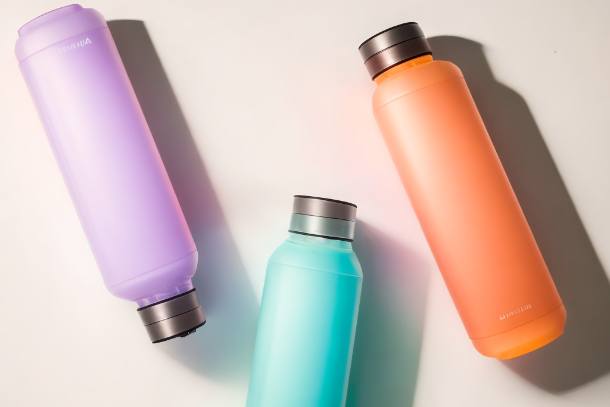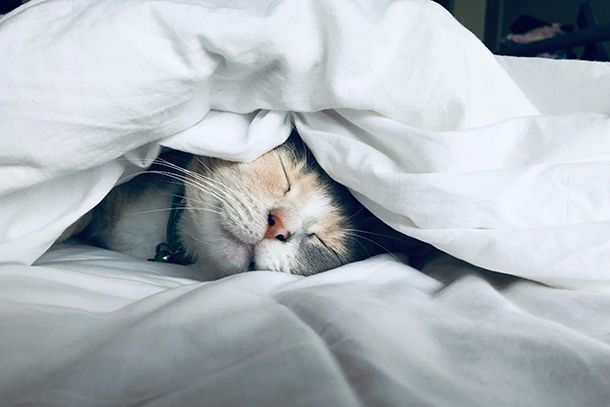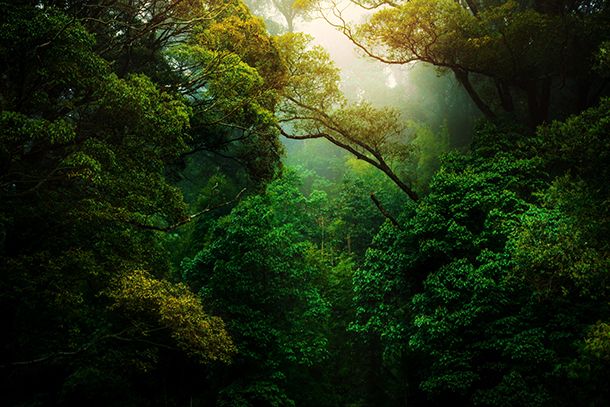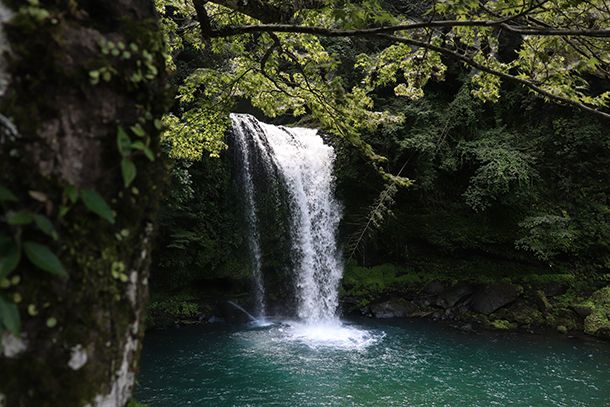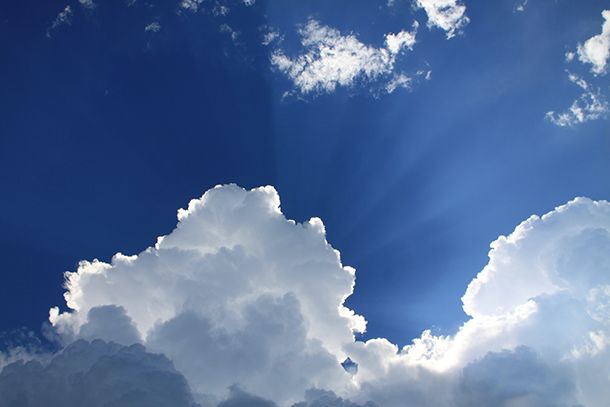The Five Different Water Uses and How We Use Them
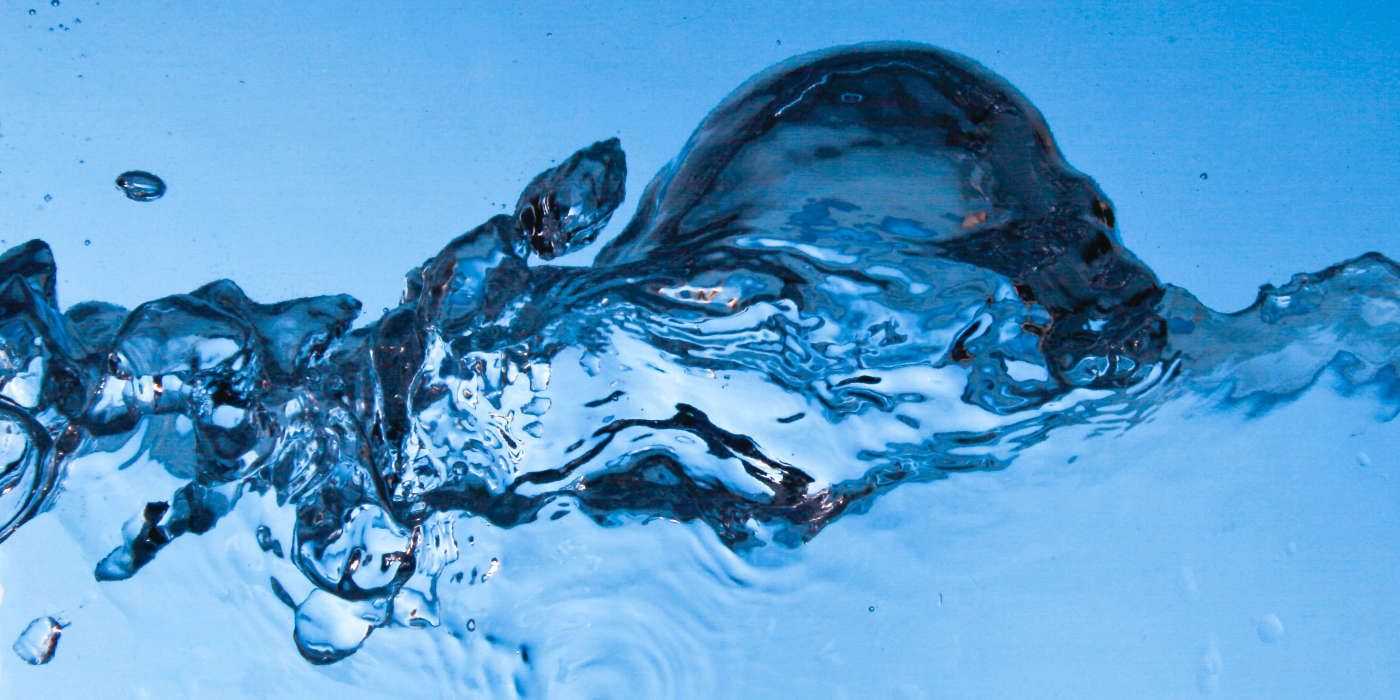
When we think of water uses, we automatically think of drinking water and the water we bath in. However, there are many more uses to water than we think. Whilst household use and recreational water usage are among the most popular, water is also an important aspect of many other industries.
The Five Main Uses of Water
- Drinking and Household
- Recreational Use
- Industry and Commerce
- Agriculture/Aquaculture
- Thermoelectricity/Energy
Drinking and Household Water Uses
Water is a critical component of our daily life. All living things need water on a daily basis to survive, which makes this use of water incredibly important. Drinking water, also known as potable water, is treated and safe to drink. However, aside from drinking water, we also use it within our household for other purposes such as:
- Bathing and Showering
- Toilet
- Washing Machine
- Dishwasher
On average, a person will use around 142 litres a day. This can be used to work out a household average water usage. To put some usage into context:
- An electric shower will use 5 litres per minute
- A bath uses 80 litres
- For a modern cistern toilet, it uses around 5 litres per flush, but older toilets use around 9 litres
- A washing machine uses around 50 litres in cycle
- A dishwasher will use 14 litres for a modern model, but an eco-setting will use 10 litres
Recreational Water Uses
Recreational water can refer to waters that are related to activities of enjoyment. This can include:
- Swimming
- Surfing
- Water Sports
- Diving
Recreational water is a controlled standard of water since it can be dangerous if humans and other living things are exposed to harmful chemicals and toxins from contaminated water. It is an important use of water since it is used to encourage high energy exercise for many people in the form of fun water based activities. There are three kinds of recreational water usage; primary, secondary and passive. Primary is where you are in direct contact with the water, such as swimming and diving, where you are more likely to accidently swallow water. Secondary is a similar notion to primary, such as boating or fishing, but you are less likely to swallow the water. Lastly, passive use refers to no contact, such as sitting by lakes.
Industry and Commerce Water Uses
Water can be used in a variety of industries, but manufacturing is a major one. Water is used for creating products as well as aiding the cooling process. The largest amount of water for industry based usage comes from the produce of food, paper, and chemicals.
Commerce uses refer to a service that differs from manufacturing products, such as:
- Hospitals
- Restaurants
- Schools
- Office Buildings
Without water, it would become increasingly hard to run such services.
Agriculture/Aquaculture
We know that plants are a living thing and all living things need water to survive, but a big water use is that of agriculture. It is estimated that you need around 3,000 litres of water daily to produce the food needs of one person. The water is used to grow and cool crops, and sustain the live stock. Without water usage in agriculture, it would be impossible to grow fruits and vegetables, sustain live stock and therefore contribute to our diet. Agriculture water can come from rivers, streams, open canals, and rainwater.
Aquaculture is the act of farming seafood. The business breeds and harvests plants and animals in water. This is beneficial as it helps to feed the world, but there is growing concerns over the pressure that this puts on wild stock. Wild fish stocks do not have enough time to replenish before they are captured and fished again.
Thermoelectricity/Energy
In simple terms, thermoelectric is the conversion of heat into energy. A heat source is used to turn water into steam. The energy is then taken from the steam and used to power a turbine which produces electricity. Cooling towers are designed to take the remaining heat out of the closed system so the steam becomes water again ready for the process to repeat.
An example of this energy is a steam engine train. The water is heated and then turns into steam. The volume of water expands once it has turned to steam, which creates a high pressure. This pressure is used to push a piston back and forth.
There is also hydroelectric power which includes the use of water to produce energy by falling water being used to turn turbines and generate electricity.
Related to this article are the following:
I do hope you have enjoyed this article and hope that you will subscribe to my newsletter so you can get the latest information about all things naturally relaxing.
Stay in touch, join the Naturally Relaxing Newsletter
Newsletter Signup
Post Your Comments
or post as a guest
Be the first to comment.
Latest articles in Water
Idea is to do article on waterfall
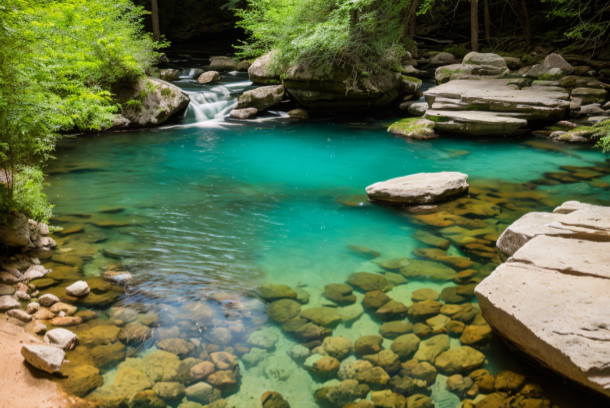
Finding the Perfect Swimming Hole: Your Comprehensive Guide
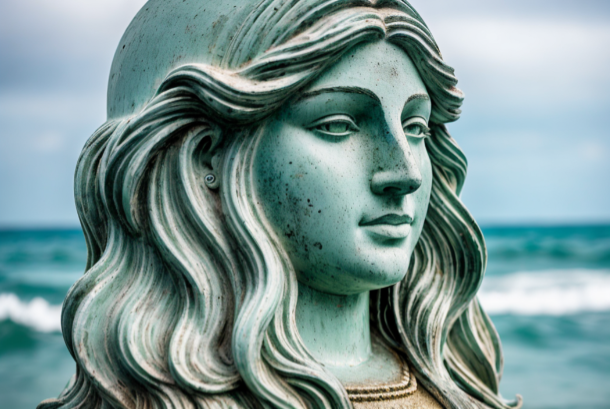
Exploring Sea Deities Around the World: A Dive into Global Mythologies
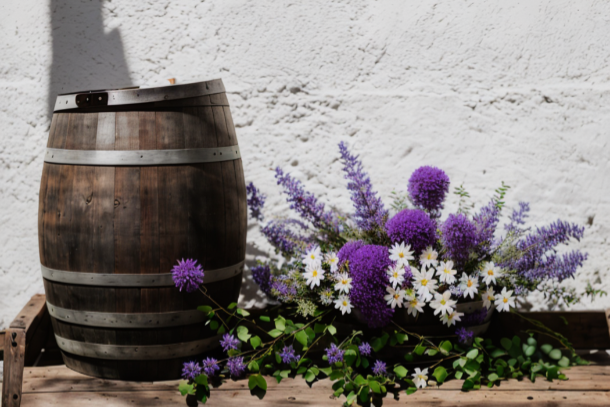
Harvesting Rainwater: A Comprehensive Guide to Rain Barrels and Water Storage
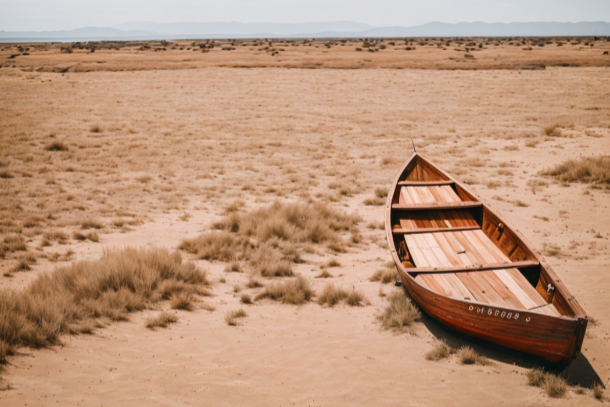
Creating Resilient Gardens: An Expert Guide to Drought-Tolerant Landscaping
